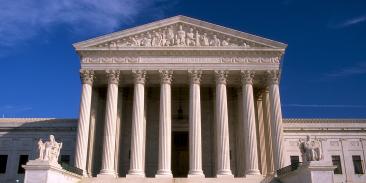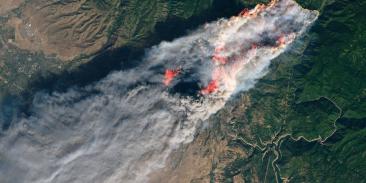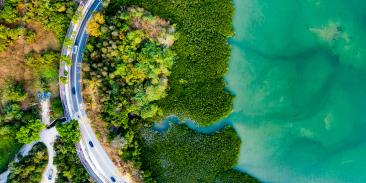Red River In The Red, Environmental Defense Study Shows
The author of the Environmental Defense report is Dr. Robert Stearns, an economist at the University of Maryland and formerly a top official with the Army Corps. His report also finds that the river carried less than 1/1000 of all commerce on the Inland Waterway Navigation System in 1996 but consumes 2% of all operation and maintenance funds and in recent years nearly 7% of all construction funds. His analysis also finds that the river fails efficiency measures proposed by the Army Corps of Engineers itself for deciding whether to maintain barging on a river.
The analysis cuts through official statistics published by the Army Corps of Engineers for the Red River waterway to show the limited commercial traffic that actually moves on the new, $2 billion project. The report shows that most of the commerce reported by the Army Corps uses only the lowest 35 miles of the river on the way to the Black/Oachita River, a section navigable before the Red River project. Most of the remaining commerce is sand and gravel, much of which is used to construct the Red River waterway itself.
“The story of the Red River is important,”” said Dr. Stearns, “because it is the most recent expensive new waterway and suggests the limited benefits of expensive barging projects on similar smaller rivers today.” The Army Corps of Engineers is studying whether to spend hundreds of millions more dollars to expand the Red River waterway to Index, Arkansas, or to expand navigation on the White River in Arkansas, a project biologists have said could devastate hundreds of thousands of acres of wildlife refuges.
This report comes at a time when recent disclosures have suggested deliberate efforts by top officials of the Army Corps of Engineers to distort its economic analysis to justify a $1 billion project to expand barging on the Upper Mississippi River.
“Taxpayers pay the vast majority of the costs of constructing and maintaining barge waterways,” said Environmental Defense attorney Tim Searchinger. “Since they don’t pay anything more for a new waterway, special interests have an incentive to push for expensive measures that benefit them regardless of the true benefits to taxpayers. Because these projects cause significant harm to fish and wildlife, they certainly should not be built when they do not even make sense economically.”
With more than 3 million members, Environmental Defense Fund creates transformational solutions to the most serious environmental problems. To do so, EDF links science, economics, law, and innovative private-sector partnerships to turn solutions into action. edf.org
Latest press releases
-
Trump Administration’s New Tax Credit Guidance Is “Another Senseless Attack on Clean Energy”
August 15, 2025 -
More Dire Colorado River Reservoir Forecasts Reinforce Urgent Need for Action
August 15, 2025 -
EDF, UCS Ask Court to Enjoin Trump Administration’s Brazenly Unlawful Use of Corrupt “Science” Report
August 15, 2025 -
Independent Report Finds that the Trump Administration’s Orders to Keep Coal-fired Power Plants Running Could Cost Consumers between $3-6 Billion a Year
August 14, 2025 -
EDF Strongly Opposes Trump Administration Proposals to Eliminate Protections for Air Pollution from Power Plants
August 13, 2025 -
Some Truck Makers Challenge Vital Clean Truck Partnership with California
August 12, 2025










